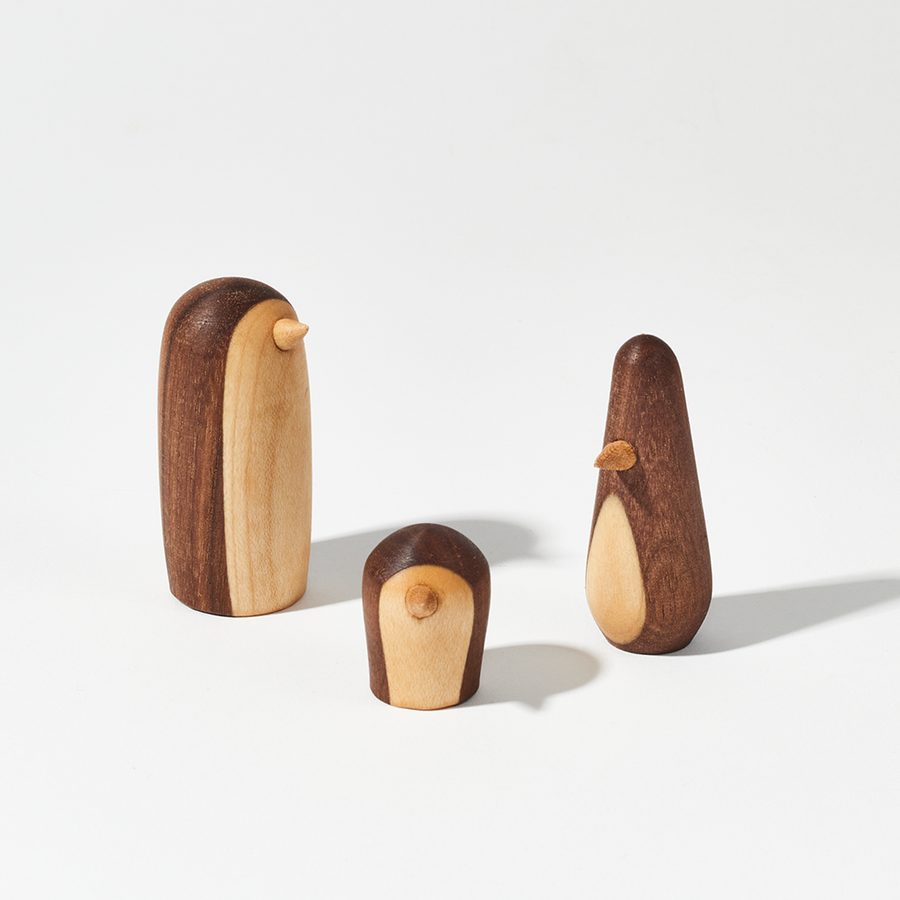A few of us at the studio have delved into the inviting, exquisite world of miniature art, and we suspect we’re not the only ones who’ve spent a wakeful night absorbed in, say, stop motion animations of tiny felted food being prepared. When the world feels too big/complicated/overwhelming (and uh, that’s basically all the time now, right?) there’s something soothing—even recentering and recontextualizing—about meditating on the very tiny.
Humans have been creating miniatures for millennia. The Venus of Willendorf, which measures 4.4 inches and dates back 25,000 years, is one of many miniature Paleolithic sculptures. (Its purpose is unknown, but is theorized to be a fertility goddess.) Ancient Egyptians created ushabti, miniature funerary figurines that accompanied the dead in their tombs. And miniature portraits in media as diverse as gemstone engravings to paintings were common throughout the world across the centuries. In the 20th century, the Stettheimer Dollhouse (on view at the Museum of the City of New York) included miniature artworks by the likes of Marcel Duchamp. The Narcissa Niblack Thorne miniature rooms, created in the 1930’s, are permanently on view at the Art Institute of Chicago. Around the same time, miniature parks began proliferating across the globe. And now, it seems a new wave of miniaturaria has taken hold. Tiny foods, domestic scenes, architecture, landscapes pop up across the internet, mediated often by our smallest screens.
But why? Why do we seem to love tiny objects? Psychological theories abound, from the oxytocin and dopamine bumps offered by cute things, to our need to feel a sense of control in a chaotic world. Simon Garfield, author of In Miniature: How Small Things Illuminate the World, writes in The Guardian, “...we create small universes in which we may bury ourselves to the exclusion of all else…The people crouching over tiny details as if the world depended on it are only doing it because their world does depend on it.”
The nine artists represented here (Hamish Bassett, Reihan Farahani, Rosa de Jong, Andrea Love, Danielle McGurran, Mylyn Nquyen, Kelsey Oseid, Carly Slade, and Tatsuya Tanaka) all approach miniatures differently, from scale to materials to subject. Some artists, like Andrea Love and Reihan Farahani, make works that elicit comfort, a sort of portable hygge, while others like Carly Slade explore gritter themes. But they all attract us, pull us in closer, towards an object of wonder that can be contained in the palm of a hand.












